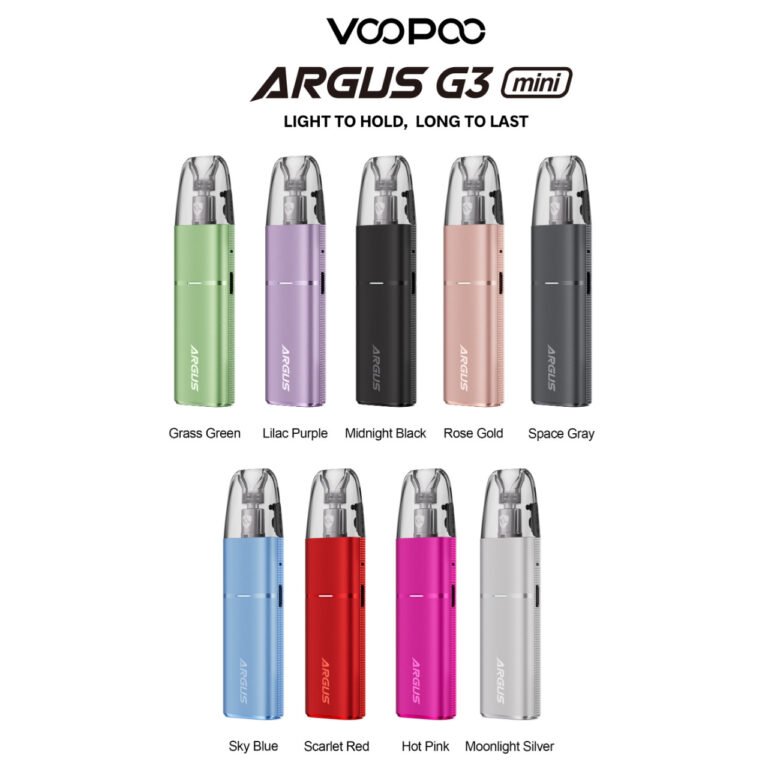EB1A vs. EB2 NIW: Which Green Card Path is Right for You?
For professionals, researchers, and entrepreneurs looking to secure permanent residency in the United States, employment-based green card categories like EB1A and EB2 National Interest Waiver (NIW) offer excellent opportunities. However, understanding which path better suits your credentials and long-term goals can be challenging. Both visa categories provide advantages, yet differ in eligibility requirements, application processes, and the level of evidence required. In this guide, we’ll compare EB1A vs. EB2 NIW to help you determine which option aligns best with your profile.
Understanding EB1A and EB2 NIW: An Overview
Before choosing between these two immigrant visa categories, it’s essential to grasp their fundamental differences. The EB1A (Employment-Based First Preference, Extraordinary Ability) visa is designed for individuals who have demonstrated exceptional abilities in their field through sustained national or international acclaim. This category applies to professionals in sciences, arts, education, business, or athletics.
In contrast, the EB2 NIW (Employment-Based Second Preference, National Interest Waiver) is for advanced degree professionals or individuals with exceptional ability in the sciences, arts, or business, who can demonstrate that their work benefits the U.S. national interest. While EB2 typically requires employer sponsorship and a labor certification process (PERM), the NIW waives these requirements if the applicant can prove their work has substantial merit and national importance.
Eb1a Eligibility: What Does It Take?
One of the most significant considerations when deciding between these two green card categories is Eb1a Eligibility. To qualify for EB1A, applicants must meet at least three out of ten criteria established by U.S. Citizenship and Immigration Services (USCIS), or provide evidence of a one-time major international achievement, such as a Nobel Prize or Olympic medal.
These ten criteria include evidence like receiving lesser nationally or internationally recognized awards, membership in associations requiring outstanding achievement, published material about the applicant in professional publications or major media, original contributions of major significance in their field, and serving as a judge of others’ work, among others.
Unlike the EB2 NIW, the Eb1a Eligibility requirements are stricter and demand proof of sustained acclaim. The process is highly competitive and typically pursued by individuals at the top of their profession. If your career includes recognized accolades, media coverage, or original contributions that have significantly impacted your industry, the EB1A might be your ideal pathway.
Comparing Application Process and Advantages
While both EB1A and EB2 NIW allow self-petitioning — meaning you don’t need a U.S. employer to sponsor you — the application procedures differ in complexity and processing times. The EB1A petition typically gets priority processing since it’s a first-preference visa, often resulting in faster approval, especially for countries with high visa demand.
In terms of Eb1a Eligibility, the evidentiary burden is considerably higher. Applicants must present a well-documented case with strong supporting evidence for each claimed criterion. On the other hand, EB2 NIW applicants focus more on demonstrating the national importance and potential impact of their proposed work in the U.S. The evidence required is often narrative-driven, with letters of recommendation, a personal statement, and supporting documents illustrating the benefit to the U.S.
A notable advantage of the EB2 NIW is its relative flexibility. The bar for proving exceptional ability or an advanced degree is more accessible for many professionals compared to the stringent Eb1a Eligibility standards. Furthermore, the NIW waives the PERM labor certification process, saving time and eliminating the need to prove that no qualified U.S. workers are available for the position.
Which Option Fits Different Professional Profiles?
The choice between EB1A and EB2 NIW often depends on your career achievements and the nature of your work. For globally recognized scientists, Olympic athletes, or professionals with high-profile international awards, the EB1A is typically the more suitable and expedient route. Those meeting Eb1a Eligibility standards often experience faster processing and access to visa numbers, making it a highly desirable option.
For professionals in academia, public health, technology, or policy sectors whose work has significant national relevance but may not yet be globally acclaimed, the EB2 NIW presents a strategic alternative. Entrepreneurs, researchers, and public interest advocates frequently choose the NIW path, especially if their projects can demonstrate broad societal, economic, or technological benefits for the United States.
Factors to Consider Before Choosing Your Path
When deciding between EB1A and EB2 NIW, applicants should consider several critical factors:
-
Career Achievements: Do your accomplishments meet the stringent Eb1a Eligibility criteria, or would they better fit the national interest framework of the NIW?
-
Field of Work: Is your work internationally acclaimed or primarily impactful within U.S. borders?
-
Processing Time and Visa Availability: EB1A generally has faster processing, but for countries with significant visa backlogs, this advantage may diminish.
-
Long-Term Goals: Are you seeking immediate permanent residency, or are you open to a slightly longer, but potentially more accessible, pathway?
Evaluating these factors with an experienced immigration attorney can provide invaluable guidance, ensuring your application strategy aligns with your career and immigration goals.
Conclusion
Both the EB1A and EB2 NIW green card categories offer unique benefits tailored to accomplished professionals. The EB1A suits individuals with proven international recognition, while the EB2 NIW benefits those whose work significantly impacts the United States. Understanding your professional profile, career trajectory, and how they align with the visa criteria is key to choosing the right green card path for your future.



